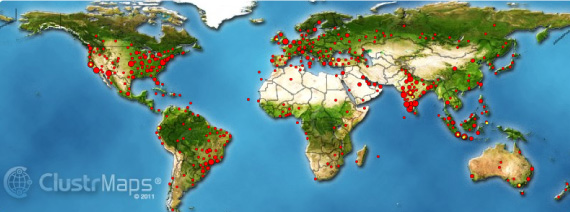OVERVIEW
Project Quit Tobacco International
This website is a repository of tobacco cessation training materials developed during Project Quit Tobacco International (QTI) during the years 2007 to 2014. Project QTI was a transnational and transdisciplinary research and training collaboration dedicated to developing clinic and community-based tobacco cessation research capacity in LMIC. The project was funded by the National Institutes of Health, Fogarty International Center (FIC) and involved dedicated researchers from the United States, India, and Indonesia. These researchers developed and tested innovative tobacco cessation training programs in medical colleges, introduced cessation programs in clinic and community settings, promoted a community-based smoke free home movement, and helped establish a tobacco cessation community of practice (COP). Following the project, members of the QTI COP have continued to carry out research, training and outreach programs in their respective countries. In 2014, Turkey joined the QTI COP and took up illness-specific nurse training in tobacco cessation embracing QTI training principles.
The website also contains a filtered, up-to-date repository of key articles enabling researchers to update the content of QTI training modules and other educational materials as needed. Several COP members update these repositories. QTI materials and academic articles that are relevant to the QTI mission are freely available to those who register on the QTI website.
Originally established in 2010, the website was redesigned in 2020 to enable reading on smart phones.
QTI approach to tobacco cessation: 5 pillars
1. Expand knowledge of harms of tobacco beyond cancer and lung disease;
2. Teach clinicians to establish the relevance of cessation advice and the harm of secondhand smoke during illness as teachable moments;
3. Train clinicians in basic cessation and motivational interviewing skills adapted to the cultural contexts of their patients;
4. Provide clinicians and community health workers with evidence-based and pretested illness-specific and general quit smoking materials;
5. Promote smoke-free homes as a means to protect children and other non- smokers from the harms of tobacco, and promote a community–based smoke free homes movement where feasible.








